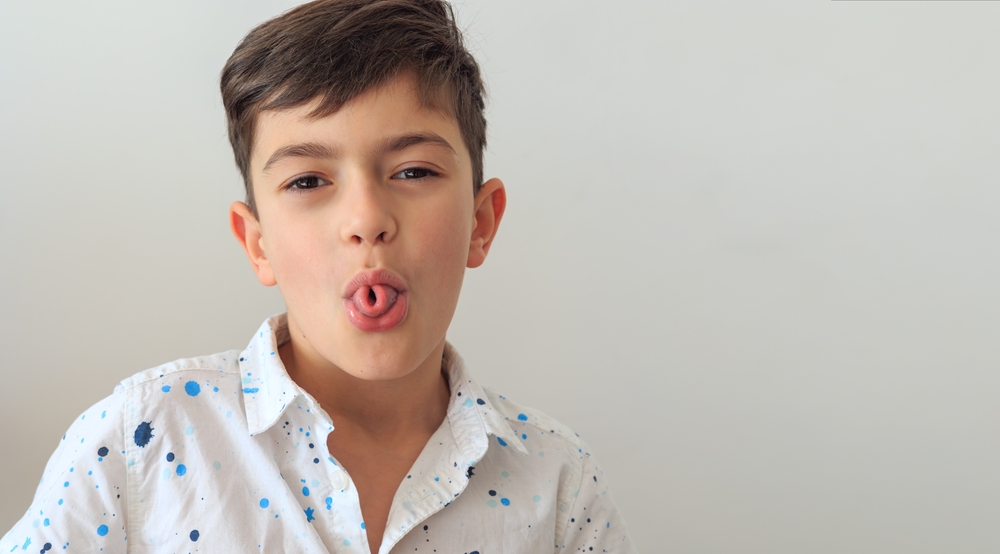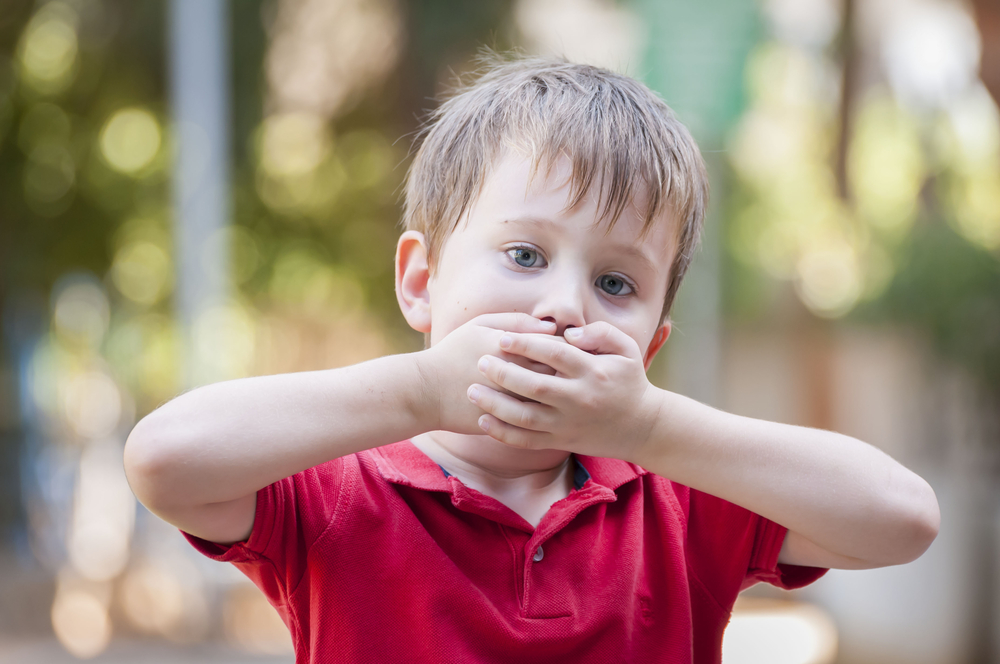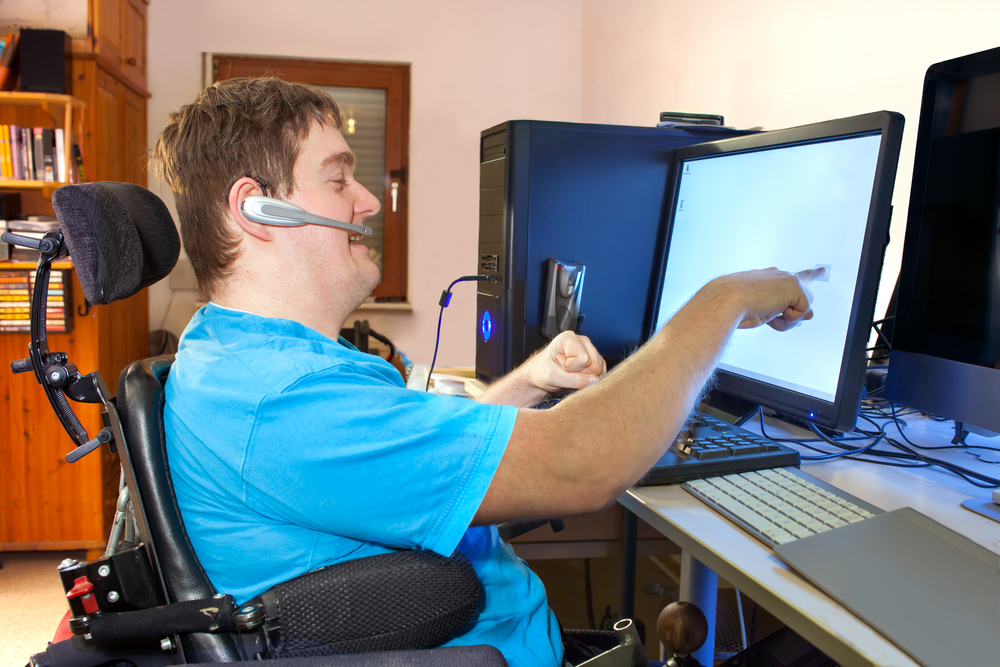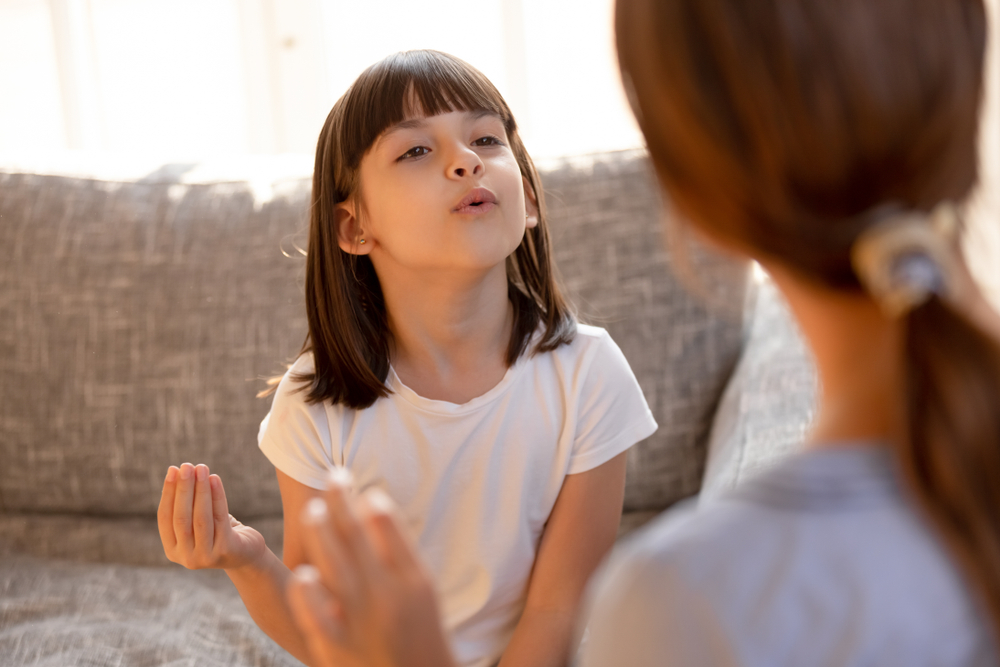Make an Appointment
What is Phonological awareness
Phonological awareness is the ability to recognise, analyse and manipulate the sound structures of spoken language, ranging from whole words and syllables down to individual phonemes Victorian Government. It is a critical precursor to reading and spelling: children who master rhyme, blending and segmentation typically develop stronger decoding skills once they begin formal literacy instruction Literacy Hub.
In Australia’s Early Years Learning Framework, phonological awareness is explicitly taught through play-based experiences: songs, rhymes, shared reading and hands-on games, that align with national quality standards Education Resources. By embedding these experiences before and during early schooling, we set children up for confident, fluent reading and writing.
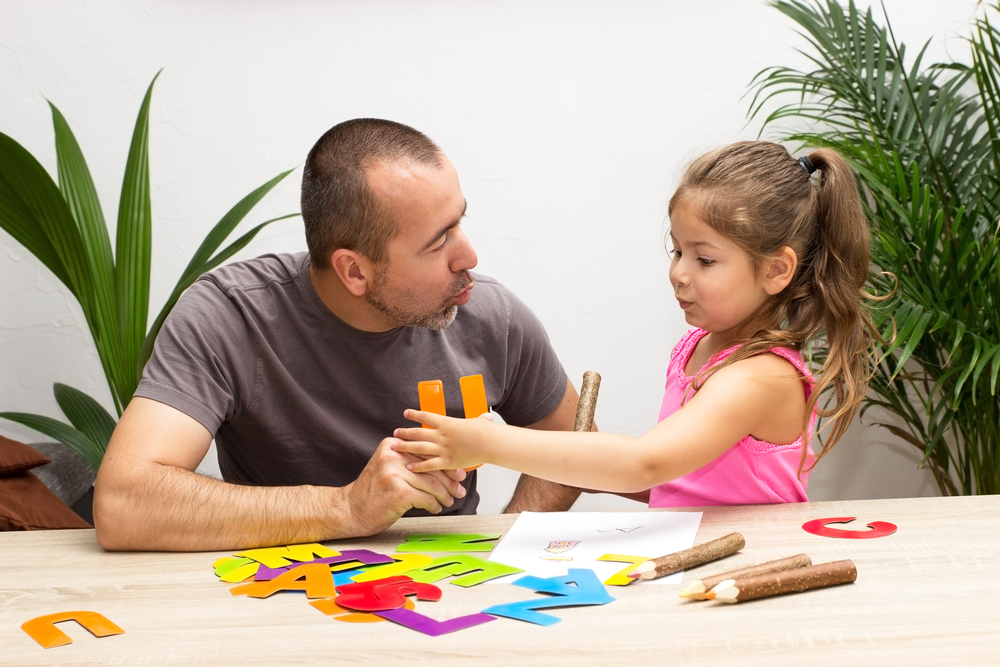
What Are Examples of Phonological Awareness Activities?
Phonological awareness develops along a “staircase” of increasing complexity Victorian Government:
Rhyme & Alliteration
- Nursery Rhymes: Sing “Humpty Dumpty” or “Twinkle, Twinkle” and pause to let children fill in the rhyming word.
- Alliteration Chains: Start with “Peter Piper picked a…” and invite children to contribute words beginning with /p/ (pepper, picnic).
Syllable Awareness
- Clap & Count: Say “gi-raffe” and clap twice; extend to names and familiar terms (e.g., “Aus-tra-li-a” = 4).
- Syllable Jump: Children jump on each syllable as they say “e-le-phant,” reinforcing segmentation.
Onset–Rime Manipulation
- Onset–Rime Elkonin Boxes: Present /c/ + at; children place a token in “onset” box for /c/, another in “rime” box for /at” Literacy Hub.
- Rime Families: Provide word lists (back, sack, tack) and have children sort by common rime.
Phoneme‐Level Skills
- Isolation: “What is the first sound in ‘sun’?” → /s/.
- Blending: Stretch sounds /b/–/a/–/t/ and have children say “bat.”
- Segmenting: Ask children to break “dog” into /d/–/o/–/g/.
- Deletion/Substitution: “Say ‘smile’ without the /s/” → “mile,” or switch /m/ to /p/ → “pile” Vic Education.
By scaffolding these tasks, from whole‐word rhyme to fine‐grained phoneme play, children build robust sound‐to‐letter mapping essential for literacy.
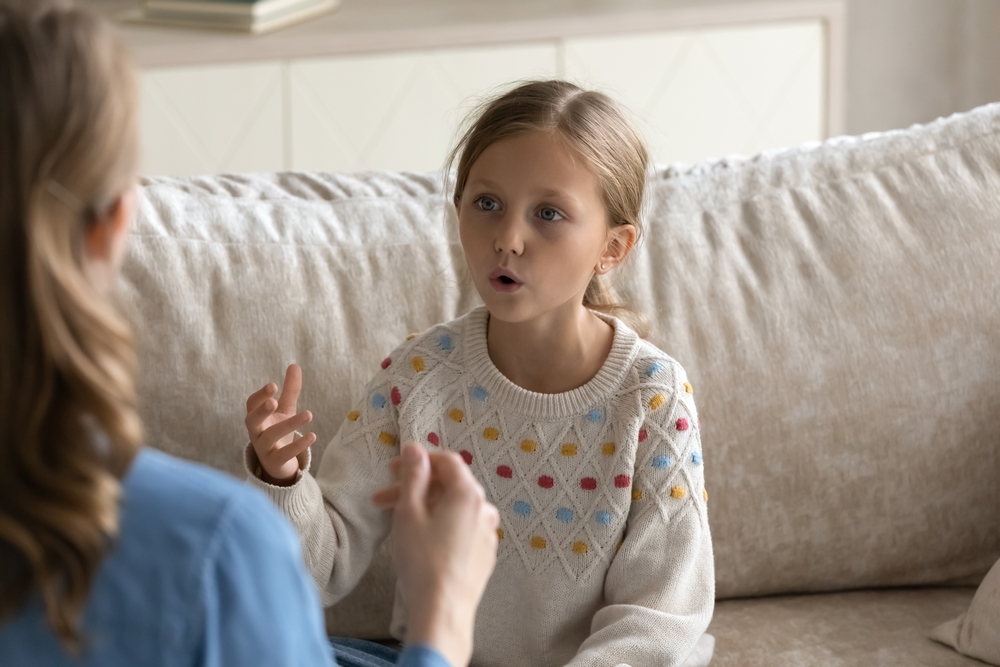
Which Activity Best Develops Phonological Awareness?
A highly effective, evidence-based starter is the Elkonin Box Blending Activity Literacy Hub:
- Set Up: Draw three or four adjacent boxes on paper or a whiteboard, one box per phoneme.
- Model: Say a simple word (/c/–/a/–/t/) slowly and move a token into each box as you articulate /c/, /a/, /t/.
- Blend: Slide your finger under the boxes, blend the sounds and say “cat.”
- Child’s Turn: Encourage the child to place tokens themselves and blend aloud.
Why It Works:
- Multi-sensory: Combines visual (boxes), tactile (tokens) and auditory (sounds) cues.
- Skill-focused: Targets both segmenting and blending, two core phonemic tasks.
- Differentiable: Increase complexity by using four-sound words (“ship” /ʃ/–/i/–/p/) or by adding deletion challenges.
Supplement with Sound Sorting Baskets: Provide two baskets labelled /b/ and /m/. Present picture cards (“bat,” “mat,” “ball,” “mall”) and have children sort by initial sound to reinforce isolation.
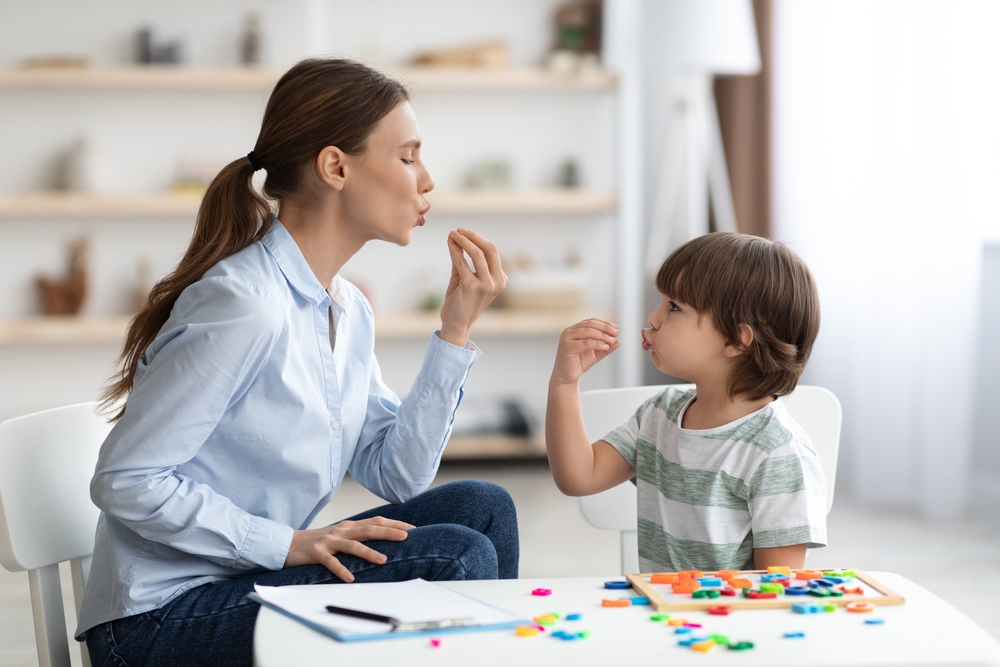
Which Games Promote Phonological Awareness?
1. I Spy Sound Hunt
- “I spy something that starts with /s/.” Children scan the room or classroom to find “sock,” “sun,” “sand.” Builds initial‐sound identification.
2. Rhyme Dominoes
- Domino tiles feature pictures; match tiles by rhyming words (cat/hat, dog/frog). Encourages rhyme recognition.
3. Sound Hopscotch
- Draw hopscotch grids labelled with phonemes (m, s, p). Toss a beanbag; child hops to that letter and names a word beginning with that sound.
4. Syllable Relay Race
- Place word cards at one end and bins labelled “1‐syllable,” “2‐syllable,” “3‐syllable” at the other. Children clap and count syllables, then race to sort cards correctly AERO.
5. Mystery Bag Phoneme Detective
- Items in a bag (“bed,” “fish,” “rug”). Child feels item, names it, then identifies first or last sound. Combines tactile and phoneme awareness.
6. Digital Phonics Apps
- ABC Reading Eggs and Phonological Awareness slide packs on LiteracyHub offer interactive puzzles and drag-and-drop blending activities, ideal for guided group sessions Literacy Hub.
Turning practice into playful challenges ensures repeated, meaningful exposure to phonological skills, crucial for brain-based learning.
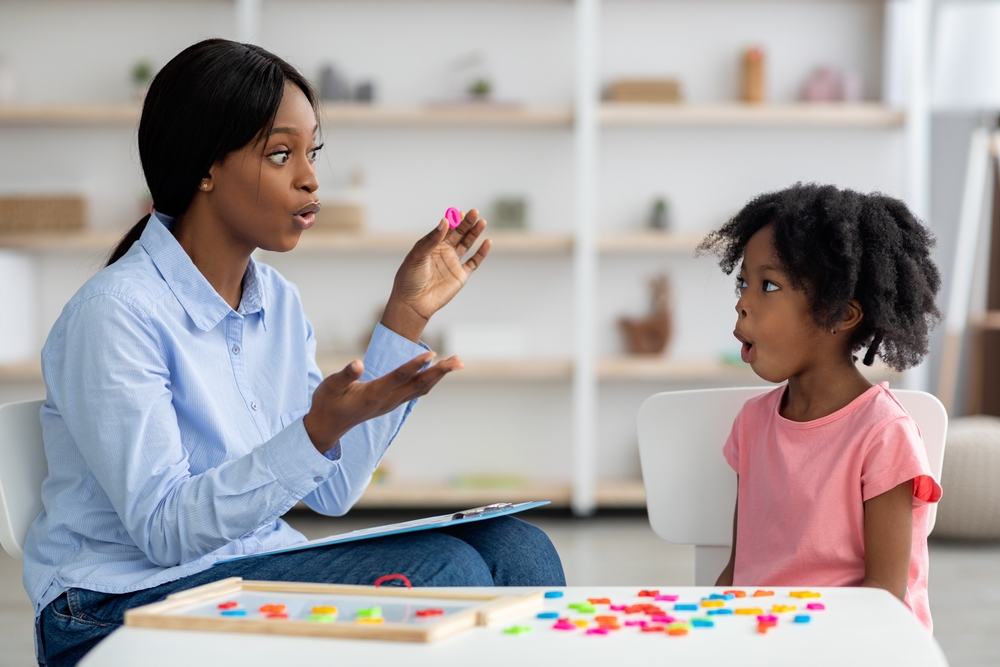
Examples of Multi-Sensory & Technology-Enhanced Activities
1. Playdough Phoneme Sculpting
- Roll a “sound snake” and press beads for each phoneme in a word (“d-o-g” = 3 beds). Encourages segmentation through fine-motor play.
2. Sand or Shaving Cream Writing
- Spread sand in a tray; child says a phoneme and writes its letter representation, linking sound to grapheme kinaesthetically.
3. Puppet Storytelling with Sound Emphasis
- Use hand puppets to tell simple stories, exaggerating target sounds (“ssssnake,” “rrrrabbit”), then have children echo the sound with the puppet.
4. Interactive Whiteboard Blending
- Drag-and-drop sound tiles on a smartboard to form words. Immediate visual feedback reinforces correct sequencing.
5. Phonological Awareness for Literacy (PAL)
- An Australian, evidence-based program offering multisensory group activities, worksheets and progress monitoring tailored by Physio Inq’s therapists proedaust.com.au.
6. Alphabet Fishing Game
- Magnetic fish labelled with letters float in a “pond.” Child “fishes” for a letter, names its sound, then blends to form CVC words.
7. Rhyme Time Online Videos
- Short animated cartoons emphasising rhyme pairs, prompting children to chant and identify rhymes (e.g., ABC Reading Eggs’ Rhyme Time series).
Integrating tactile materials, digital tools and performance play ensures engagement across learning styles, maximising retention and enjoyment.
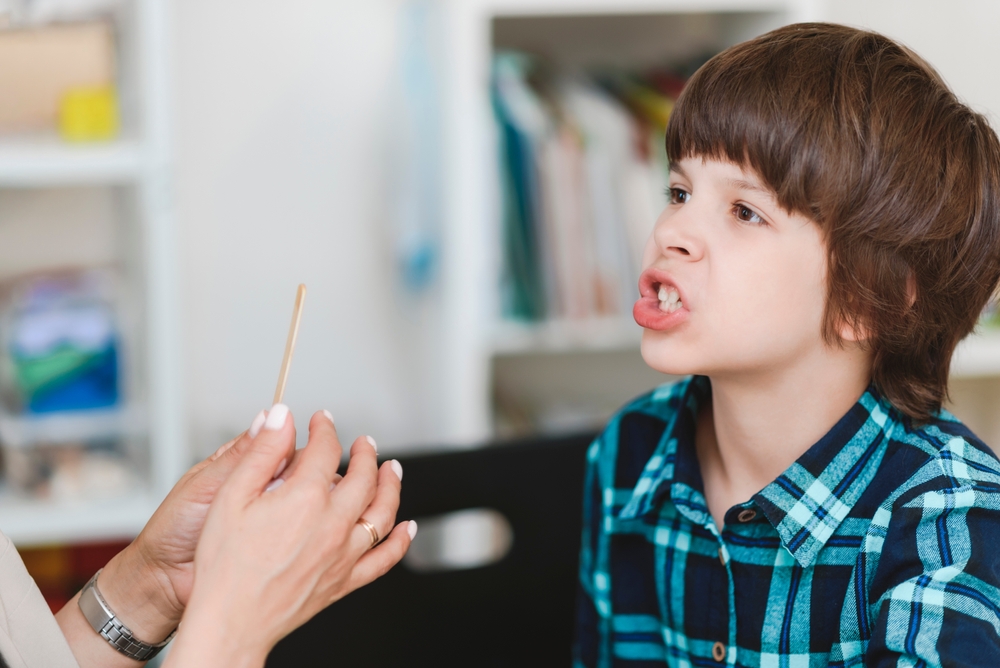
Frequently Asked Questions (FAQs)
Q1: What are examples of phonological awareness activities?
Rhyme & alliteration games, syllable clapping, Elkonin-box blending, phoneme isolation, deletion and substitution exercises.
Q2: Which activity best develops phonological awareness?
Elkonin box blending, using tokens in sound boxes to segment and blend, is highly effective and multi-sensory.
Q3: Which games promote phonological awareness?
“I Spy” for initial sounds, rhyme dominoes, sound hopscotch, syllable relay races and mystery bag phoneme hunts.
Q4: What additional activities support phonological awareness?
Playdough phoneme sculpting, sand writing, puppet storytelling, interactive whiteboard tasks, and alphabet fishing.
Q5: When should I seek a Speech Pathologist?
If your child shows limited rhyme awareness by age 4 or struggles to segment simple words by age 5, book an assessment to tailor support.
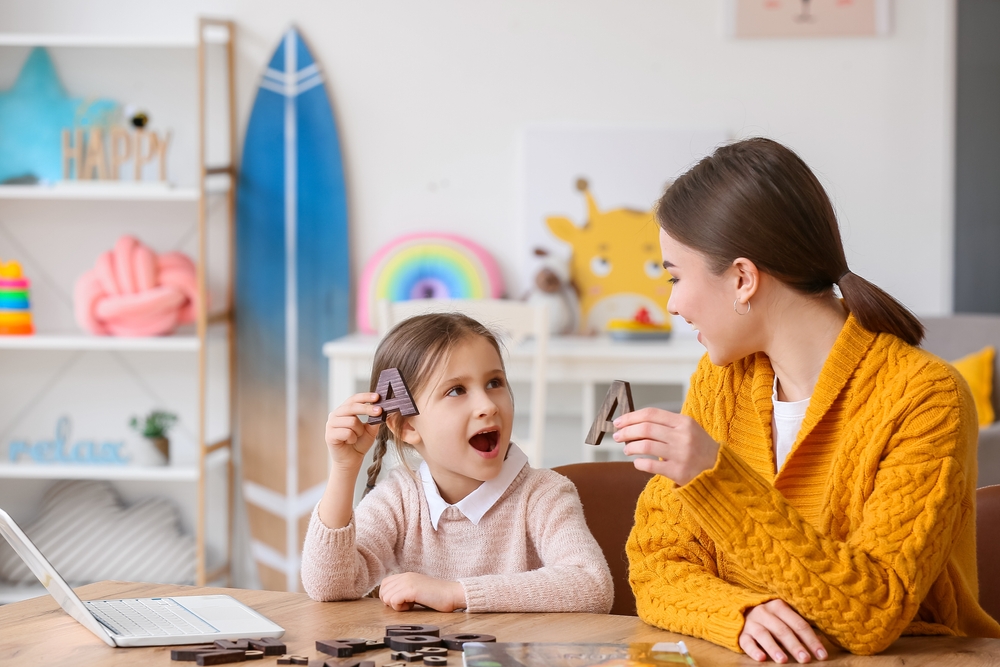
Phonological awareness is the foundation of reading and writing success. By embedding a variety of playful, multi-sensory tasks: rhymes, syllable games, Elkonin boxes and digital activities, you empower your child to become a confident, enthusiastic reader.
Next Steps:
- Download Free Resource Packs from the Victorian Government’s Literacy Teaching Toolkit Victorian Government.
- Book a Speech Pathology Assessment with Physio Inq, available in-home, in-clinic or online, to create a personalised phonological program.
- Join Our Telehealth Workshops for guided group sessions and ongoing progress monitoring.
Call 1300 731 733 or book online today to give your child the phonological tools they need for lifelong literacy success.
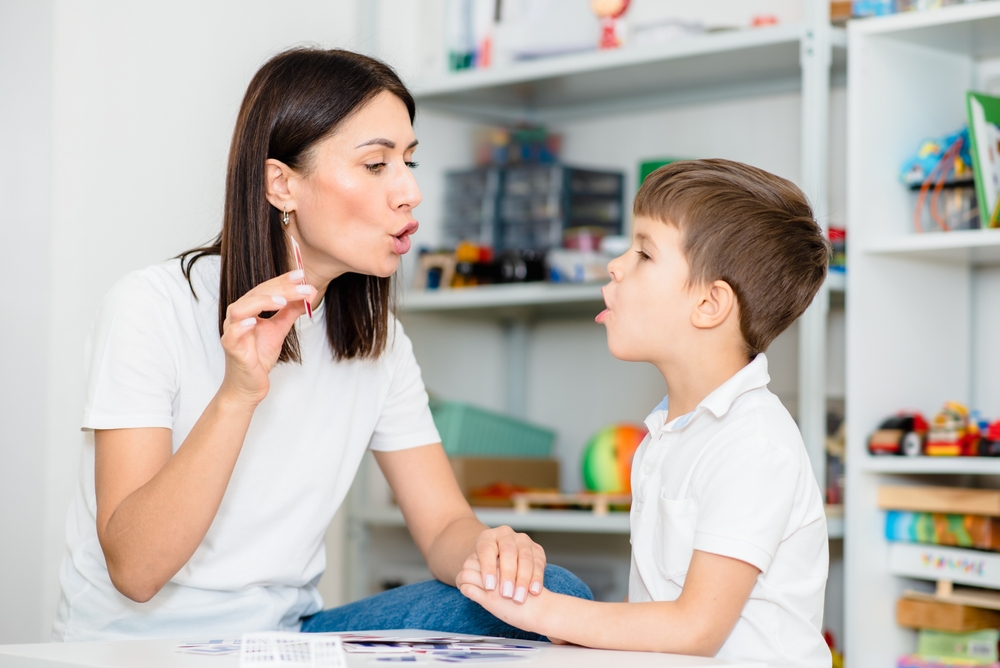
Date Published: Thursday, June 5, 2025
Locate a Speech Pathology
Service Near me
Get the experience & convinence you deserve to support your or a loved one's allied health needs.
Our Speech Pathology team are currently serving & taking appointments in the following states and regions in Australia:
Need to get into direct contact with ur Client Services team? We're all ears. Call our team directly on 1300 731 733
